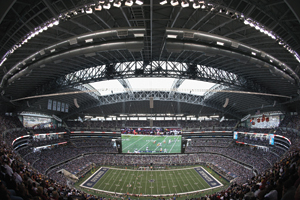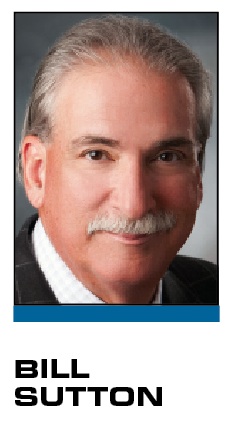Borrowing the theme from the late Phil Musick, a former sports columnist for the Pittsburgh Press, who began his column of short takes on timely topics of the day with “I think I think … ” Hope you enjoy this one, Phil.
THE CATHOLIC CONFERENCE: I had been waiting for this to happen for the past three years or so. The non-football schools in the Big East had been having less and less of a voice in decision-making, and as the focus and geography of the Big East was less and less about them and as criticism of the conference and where it was headed became more and more distracting, it became time to strike out on their own. Remember the conference was originally a basketball-focused group with some of the schools playing football. How it all shakes out in the next 12 to 24 months is anyone’s guess, but we can expect some defections from the Atlantic 10, and a few Midwestern schools to join in. Perhaps Connecticut becomes a basketball-only member — it’s all speculation at this point.
But what if there were a 48-team national conference with four 12-team divisions playing in their own regions and having a conference tournament between the four regional champions with the overall champion receiving the automatic qualifier to the NCAA tournament? All other sports could compete in their home region, and there could be regional and national TV deals. Interesting to consider with Gonzaga, anchoring the West. Loads of possibilities to consider.
 |
A spectator’s eye is drawn to the giant center-hung video board at Cowboys Stadium.
Photo by: GETTY IMAGES
|
BIGGER CAN BE BETTER: I attended my first sporting event in Dallas at Jerry’s World, the Steelers vs. the Cowboys, last month. Like everyone else, I was captivated by the large video screen and had a difficult time making an effort to watch the game on the field. I was arguing with myself that I didn’t fly all the way to Dallas to watch the game on television, but after several attempts to alternate watching the game on the field for one play and on the giant screen the next, I succumbed to watching all of the plays on the giant screen. To my delight, the atmosphere and entertainment elements as well as the crowd noise (surprisingly equal for both teams) made it a very enjoyable experience. And it wasn’t like watching on TV at home, unless your home theater system is an IMAX.
A BOWL FULL: Are there too many bowl games? It’s an interesting question with a complex answer. If you are viewing bowl games as destination games and rewards for teams for regular-season performance, and hoping to sell 90 percent of capacity, then there probably are too many bowl games. If you view bowl games as television content and like the concept of bowl week as a marketing platform, then the number of bowl games might seem just right.
But fans of teams with 6-6 records and even 7-5 records are not traveling to the bowl games. They are disappointed and may elect to spend their travel funds going to a regular-season game in an interesting destination. Remember there are neutral-site games taking place in tourist markets and teams playing in new conferences and at schools that have not been on the schedule in previous years. All of those factors, along with the perception that the bowl our team was invited to doesn’t meet our expectations, paints the picture of continuing low attendance when looking at all bowl games over the course of the bowl season.
HUNTERS HUNT AND FARMERS FARM: They really do. Having worked as an executive in the NBA and having served as a consultant focusing on improving revenue streams for the past 10 years, I can assure you that if a sales department is divided into sellers focusing on new business revenue (hunters) and activators/retention specialists focusing on growing and retaining the current customers through service and activation activities (farmers), your revenue will increase. Why will it increase? Because the hunters are solely focused on finding and developing new business. The farmers are focused on the satisfaction of current clients and making sure that they are happy with what they have purchased and that are their needs are met. That is a pure marketing and service culture.
I can point to the Orlando Magic as doing this better than anyone else. I have had the opportunity to observe and have used the Magic as a model to showcase their approach to my other clients. It’s really simple when you look at the makeup of a great salesperson — focused, aggressive and wanting to hunt big game — a service call is just outside of their DNA. I am sure some of you think otherwise. I am happy to try to convince you.
RANDOM THOUGHTS: Imagine waking up thinking you were playing in a new college football conference and finding out you were playing in the same conference with a different name and the name of the old conference was actually a better description of your new conference? … What effect does the constant changing of coaches and general managers after one or two years have on the development of the fan base in an NFL market? … Running a successful sales department requires a 365-day approach to recruiting potential trainees and having a committed approach to training using internal and external resources. … I think improvisational training is a great asset in preparing a sales team. … Never underestimate the value and impact (positive or negative) of the team owner in your marketplace. Absentee owners (either those who live out of town or those living in town that are not present in their markets) send a strong message that the team isn’t worth their time, causing you to question whether it is worth your time.
Bill Sutton (wsutton1@usf.edu) is the founding director of the sport and entertainment business management MBA at the University of South Florida, and principal of Bill Sutton & Associates. Follow him on Twitter @Sutton_Impact.





